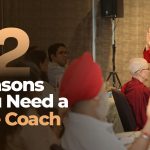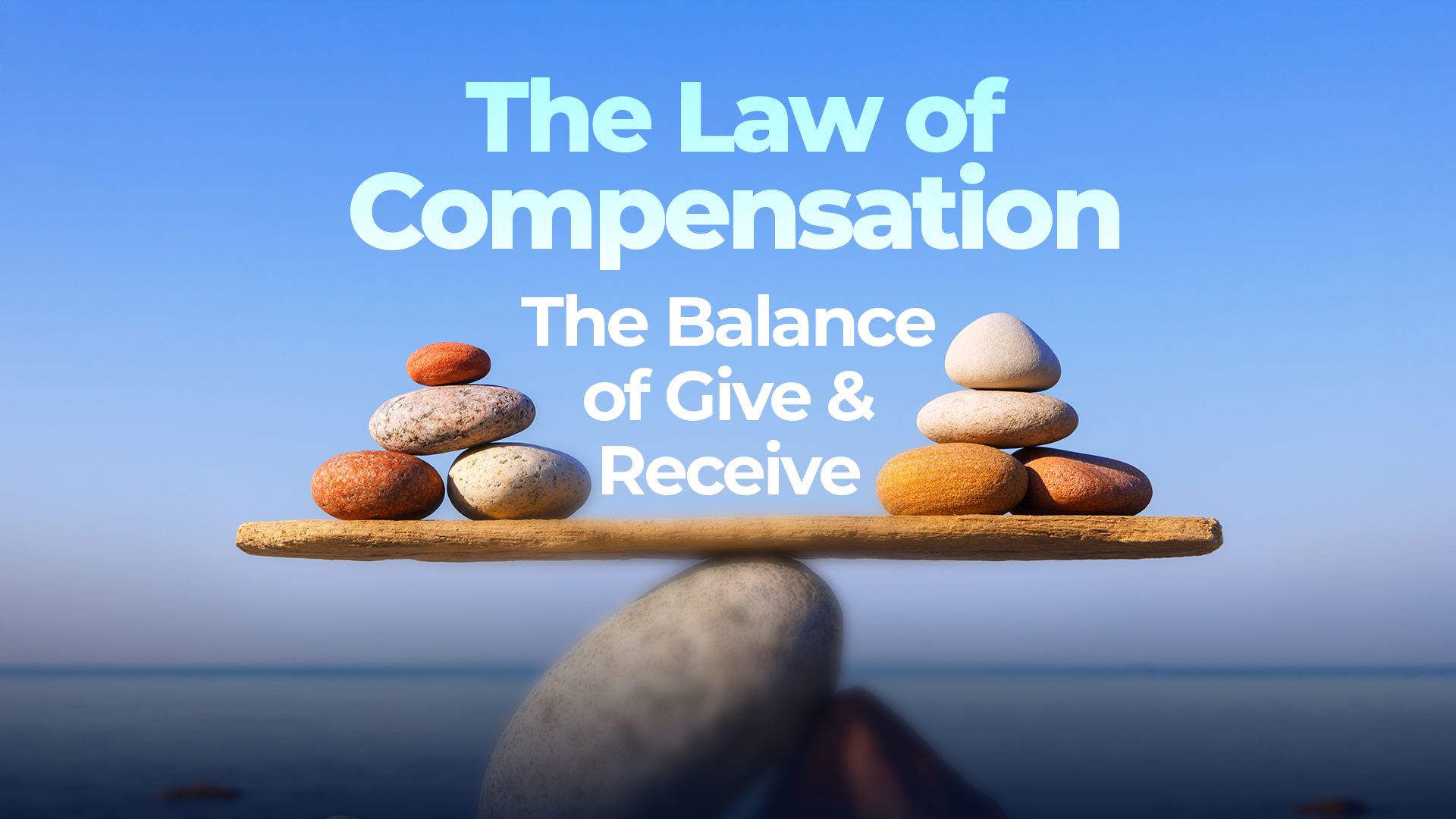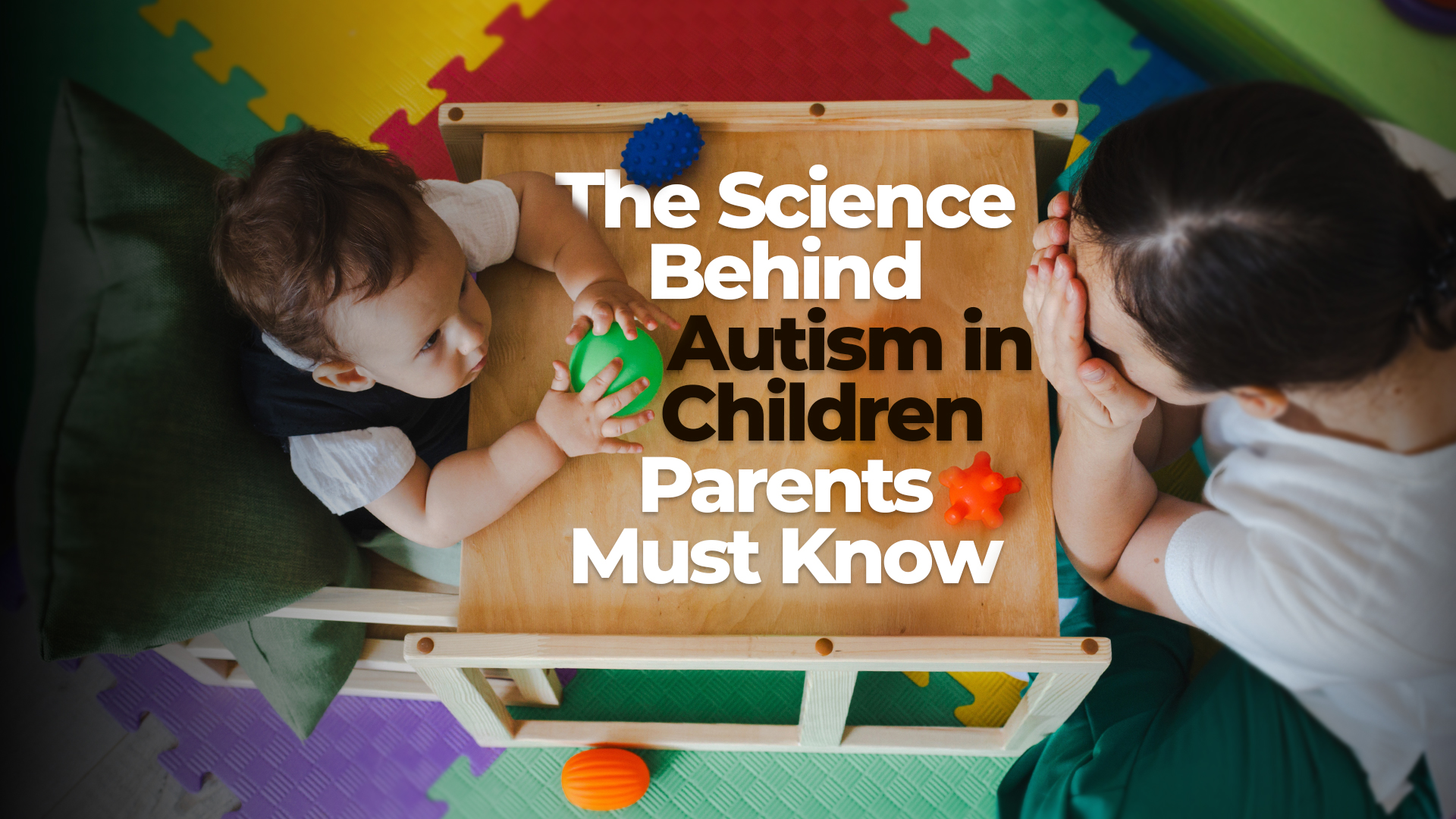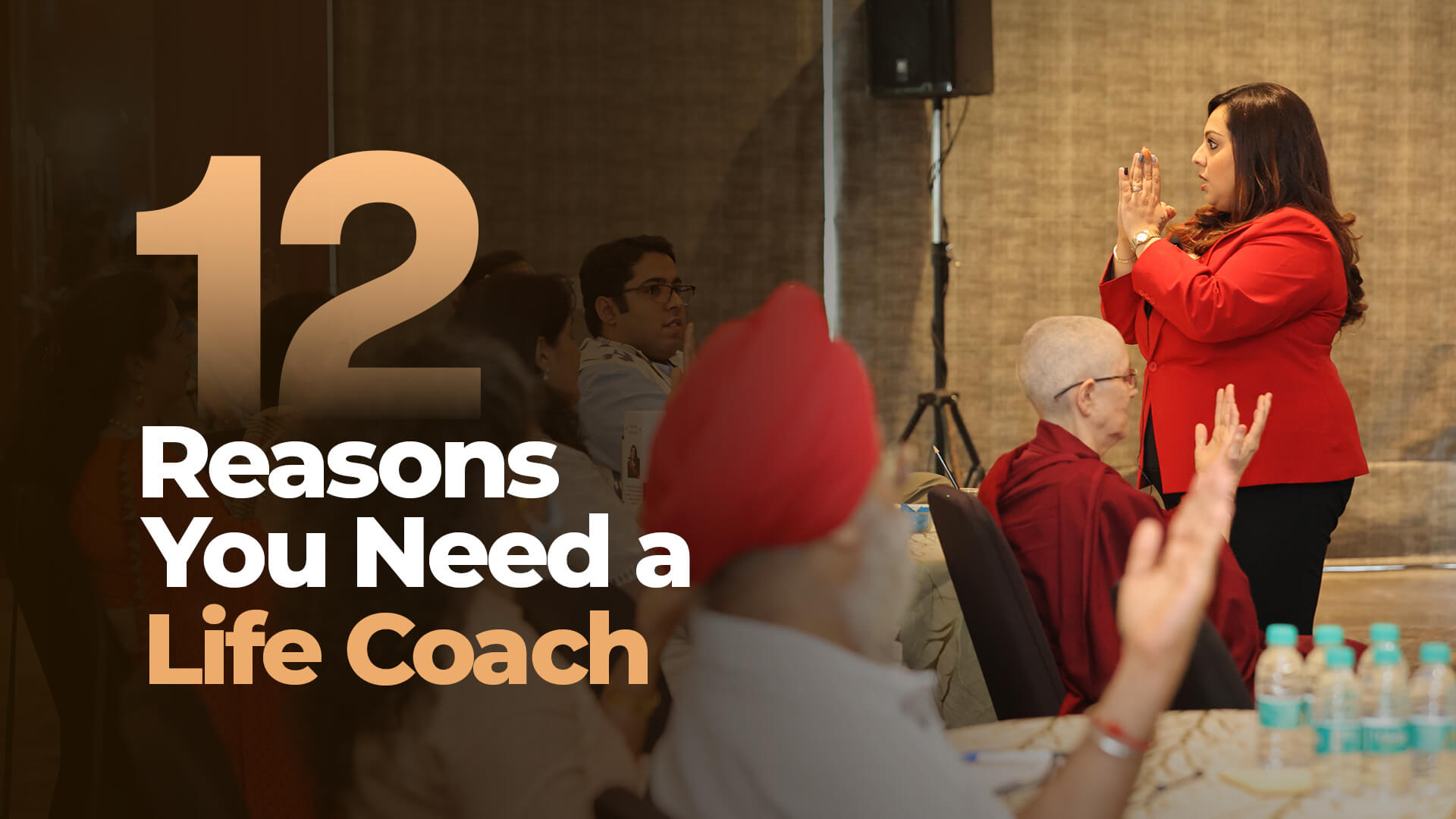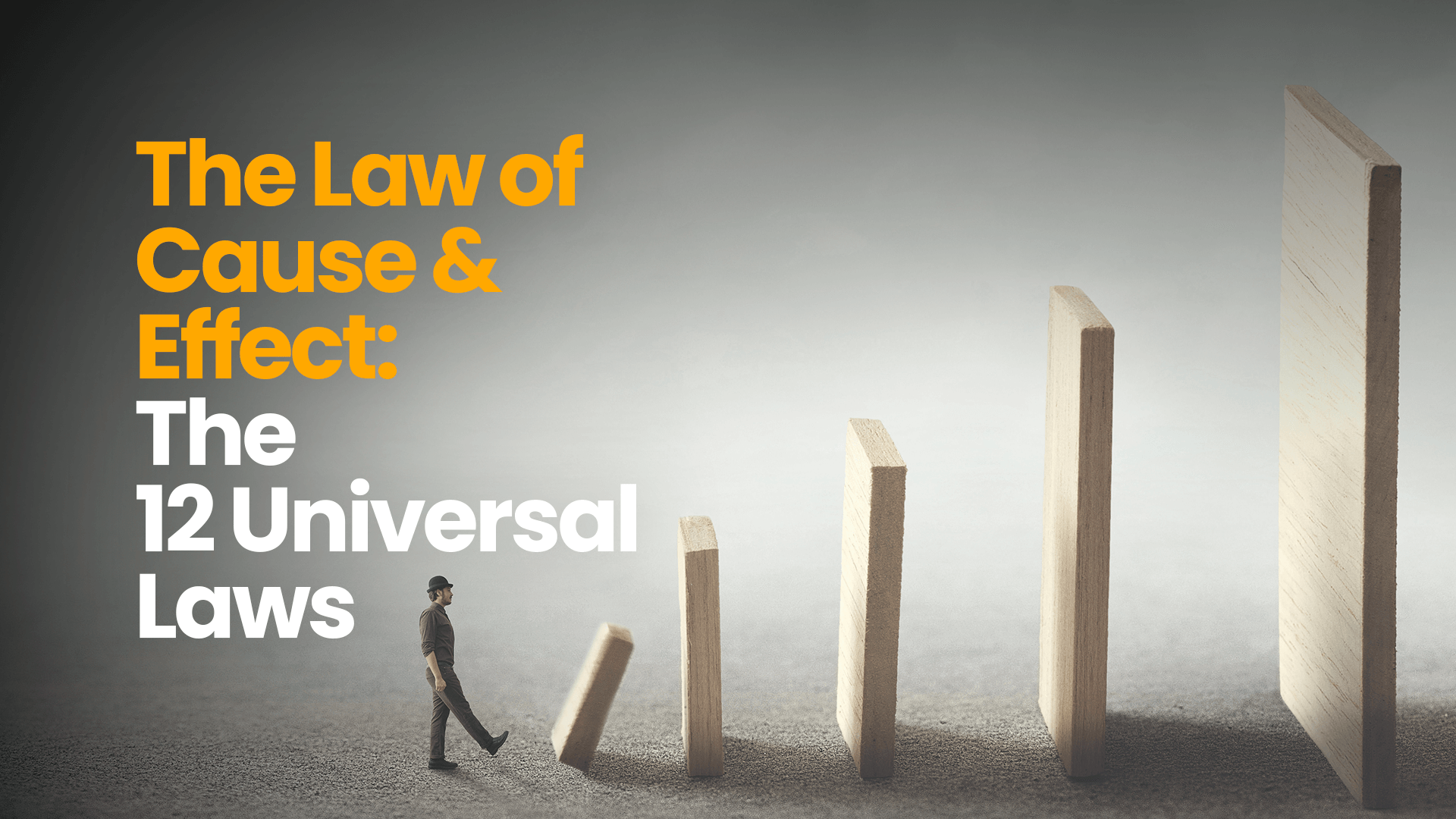In a world that values visibility and acclaim, many brilliant minds remain obscured. Countless extraordinary talents have groundbreaking ideas confined to small circles, like a gifted scientist with revolutionary discoveries shared only among a few or an artist whose creations never reach beyond their studio.
What if the next major innovation is happening now but goes unnoticed due to the noise of self-promotion and endless scrolling?
This raises critical questions: Why do innovative thinkers often remain unrecognized? What social pressures or psychological barriers prevent them from stepping into the spotlight?
Understanding the invisibility of brilliance is essential for those seeking to make a genuine impact. This exploration will examine the factors that keep remarkable individuals out of sight and offer strategies to help them shine authentically. Are you ready to uncover the hidden brilliance around us?
The Psychology Behind Brilliant Invisibility
The Impostor Phenomenon
Research consistently shows that highly capable individuals often suffer from impostor syndrome—a psychological pattern where they doubt their accomplishments and fear being exposed as “frauds.” A 2019 review in the Journal of Behavioral Science found that approximately 70% of people experience impostor feelings at some point in their careers, with the percentage rising among high-achievers.
Dr. Valerie Young, author of “The Secret Thoughts of Successful Women,” identifies five types of impostor syndrome that affect brilliant individuals:
- The Perfectionist: Requiring flawless work before sharing it publicly
- The Expert: Feeling unqualified despite extensive knowledge
- The Natural Genius: Believing that competence should come easily without effort
- The Soloist: Reluctance to seek help or collaboration
- The Superhuman: Setting impossibly high standards across all areas of life
These patterns create a self-perpetuating cycle where talented individuals withhold their contributions from wider audiences due to internal doubt, regardless of objective evidence of their capabilities.
Fear of Visibility
Brilliant minds often experience profound fear around being seen. This fear takes multiple forms:
-
Fear of criticism
Research by neuroscientist Dr. Naomi Eisenberger demonstrates that social rejection activates the same neural pathways as physical pain, explaining why many brilliant people avoid exposure to potential criticism.
-
Fear of success
Psychologists have documented that some individuals subconsciously sabotage their visibility due to concerns about handling increased responsibility or changing identity.
-
Fear of misrepresentation
Many deep thinkers worry their complex ideas will be oversimplified or distorted when shared broadly.
A 2020 study in the Journal of Personality and Social Psychology found that people significantly overestimate the negative consequences of being evaluated by others, leading many brilliant individuals to avoid situations where their work might be judged.
Introversion and Sensory Processing Sensitivity
Approximately 30-50% of highly gifted individuals are introverts, according to research by psychologist Dr. Elaine Aron. These individuals often prefer deep thinking in solitude over networking events or self-promotion activities.
Additionally, many brilliant people possess what psychologists call “sensory processing sensitivity” (SPS)—a trait characterized by deeper processing of sensory information and greater reactivity to both positive and negative stimuli. Dr. Aron’s research shows that about 15-20% of the population has this trait, which correlates with both creative thinking and reluctance to engage in environments with excessive stimulation—precisely the types of settings where visibility is often cultivated.
Societal and Structural Factors
Reward Systems Favoring Self-Promotion
Modern professional environments often reward assertive self-promotion over quiet competence. A 2019 study in the Harvard Business Review found that individuals who actively promoted their achievements received 38% more promotions than equally qualified colleagues who let their work speak for itself.
This creates a systemic disadvantage for brilliant individuals who prefer to focus on substance rather than style, particularly in workplace settings and creative industries.
Cognitive Bias Against Quiet Excellence
Several documented cognitive biases affect how we perceive and value contributions:
-
Availability bias
People tend to overvalue voices they hear frequently
-
Halo effect
Initial impressions (often based on presentation skills rather than content) disproportionately influence overall judgments
-
Confidence bias
Confident assertions are often trusted more than nuanced, thoughtful perspectives
A 2021 meta-analysis published in Organizational Behavior and Human Decision Processes found that confident communicators were rated as more competent than hesitant communicators sharing identical information—regardless of actual accuracy.
Media Dynamics and Attention Economics
The modern media ecosystem operates on principles that often disadvantage deep, nuanced thinking:
- Complex ideas are difficult to compress into shareable formats
- Algorithms favor content that generates immediate engagement
- Outrage and controversy attract more attention than measured reflection
A 2022 MIT study analyzed 126,000 news stories shared on Twitter and found that false information spread six times faster than accurate information—suggesting that careful, accurate thinking (a hallmark of brilliance) may be systematically disadvantaged in contemporary information environments.
Field-Specific Visibility Barriers
Academic and Scientific Invisibility
In scientific fields, numerous structural factors contribute to the invisibility of brilliant researchers:
- Hierarchical publication systems that may disadvantage outsider perspectives
- Growing complexity of specialized knowledge requiring years of training to appreciate
- Limited public communication training for scientists
The “invisibility” problem is especially acute for women and minorities in STEM fields. A 2021 analysis in the journal Nature found that women’s scientific contributions were cited 30% less frequently than men’s contributions of similar quality and impact.
Artistic and Creative Invisibility
Brilliant artists often remain invisible due to:
- Market forces favoring commercially accessible work over challenging or innovative creation
- Gatekeeping by established institutions and tastemakers
- The paradox that truly groundbreaking work may be initially incomprehensible to contemporary audiences
Vincent van Gogh, now recognized as one of history’s most influential painters, sold only one painting during his lifetime—a powerful reminder that artistic brilliance often goes unrecognized in its time.
Business and Entrepreneurial Invisibility
Even in business—a field that ostensibly rewards results—brilliant individuals may remain hidden due to:
- Credit attribution to visible leaders rather than behind-the-scenes thinkers
- Resources flowing to those with existing networks and connections
- The conflation of leadership with extroversion
A 2022 Korn Ferry analysis found that 65% of companies still primarily promote based on visibility and relationship capital rather than demonstrated problem-solving ability or innovation.
The Cost of Collective Brilliance Invisibility
When brilliant minds remain hidden, everyone loses:
Societal Impact
- Valuable solutions to pressing problems may go undiscovered or unimplemented
- Innovative perspectives that could advance collective knowledge remain limited to small circles
- Wisdom accumulated through deep experience fails to benefit wider communities
Personal Consequences
For brilliant individuals themselves, invisibility often leads to:
- Diminished impact of their gifts and contributions
- Reduced economic opportunities and resource access
- Potential feelings of isolation or disconnection
- Professional stagnation despite exceptional capabilities
A 2023 survey by the Pew Research Center found that 68% of workers believed their most valuable skills and talents were underutilized in their current roles—suggesting widespread invisibility of capabilities even within organizations.
7 Key Reasons Brilliant People Remain Invisible
Understanding specific patterns that contribute to invisibility can help identify solutions:
1. Depth Over Breadth
Brilliant minds often prioritize depth of understanding over breadth of communication. While they may spend years developing profound insights into specific questions, they frequently invest minimal energy in sharing these discoveries widely.
2. Perfectionism and High Standards
Many brilliant individuals hesitate to share work they consider “incomplete” or imperfect. A study in Social Psychology Quarterly found that high-IQ individuals set standards approximately 30% higher for their own work than for others’ work, creating a perpetual gap between achievement and satisfaction.
3. Focus on Substance Over Packaging
Brilliant people often demonstrate a strong preference for content over presentation. While their ideas may be revolutionary, they may present them without the polished packaging that attracts attention in modern information environments.
4. Resistance to Self-Promotion
Many gifted individuals experience ethical or personal discomfort with self-promotion activities. A 2022 survey in the Journal of Applied Psychology found that highly capable professionals rated “self-promotion” as their least favorite professional activity, with 62% reporting moderate to severe discomfort with calling attention to their accomplishments.
5. Unconventional Communication Styles
Brilliant thinkers often communicate in ways that don’t align with mainstream expectations:
- Using specialized vocabulary that reflects precise thinking but limits accessibility
- Organizing information according to conceptual rather than narrative logic
- Prioritizing accuracy over engagement
6. Limited Network Cultivation
The development of visibility-generating networks often requires substantial time investment in relationship-building activities that brilliant individuals may find draining or unproductive relative to their core work.
7. Values Misalignment
Many brilliant people hold values that directly conflict with visibility-seeking behaviors:
- Valuing truth over popularity
- Prioritizing substance over style
- Preferring collaboration over individual recognition
- Seeking intrinsic rather than extrinsic rewards
4 Strategies for Authentic Visibility: Bringing Your Brilliance to Light
Becoming visible while maintaining authenticity requires intentional approaches:
1. Clarify Your Purpose for Visibility
Before pursuing greater visibility, brilliant individuals benefit from clarifying their underlying motivation:
- Who could benefit from your knowledge or perspective?
- Which problems might be solved through your contributions?
- How might wider recognition enable greater positive impact?
This purpose-centered approach transforms visibility from a self-promotional exercise into a mission-aligned activity.
2. Develop Congruent Communication
Effective visibility doesn’t require abandoning your authentic voice. Instead, consider:
- Identifying your natural communication strengths
- Finding formats that showcase your thinking style
- Practicing distillation of complex ideas without oversimplification
Dr. Brené Brown, known for making complex psychological research accessible, maintains: “Clear is kind. Unclear is unkind.” This principle can guide brilliant individuals in communicating clearly without compromising intellectual integrity.
3. Create System-Based Visibility
Rather than relying on sporadic visibility efforts, implement sustainable systems:
- Schedule regular sharing of insights through appropriate channels
- Develop templates for communicating similar types of information
- Create accountability structures for consistent visibility actions
Management expert James Clear notes in “Atomic Habits” that systems outperform willpower—making this approach particularly valuable for brilliant individuals who may find visibility activities challenging.
4. Leverage Strategic Collaboration
Partnering with complementary individuals can amplify visibility while reducing individual burdens:
- Collaborate with natural communicators who value your insights
- Form mastermind groups with other brilliant individuals seeking visibility
- Engage with platforms or publications that already reach your desired audience
Research in organizational psychology consistently shows that collaborative approaches generate substantially greater reach than individual efforts.
7 Practical Steps to Increase Your Visibility
1. Start Small and Build Gradually
Begin with low-risk visibility practices:
- Share insights within supportive communities
- Publish written thoughts on platforms with adjustable privacy settings
- Record voice notes or short videos for limited audiences
As comfort increases, gradually expand your visibility radius rather than attempting dramatic changes.
2. Identify Your Unique Visibility Pathway
Different visibility channels suit different personalities and thinking styles:
- Written expression (articles, papers, newsletters)
- Verbal communication (podcasts, presentations, interviews)
- Visual demonstration (demonstrations, workshops, videos)
- Collaborative projects (co-creation, group participation)
Identifying your natural strengths allows you to focus energy on visibility pathways that feel energizing rather than depleting.
3. Develop a Personal Content Strategy
Create a sustainable approach to sharing your brilliance:
- Identify 3-5 core themes that represent your unique perspective
- Establish a realistic cadence for sharing content
- Repurpose single insights across multiple formats
- Build a library of your thinking that compounds over time
A 2022 LinkedIn study found that consistent content sharing (2-4 times monthly) increased professional visibility by 490% compared to sporadic activity.
4. Cultivate Strategic Relationships
Certain relationships disproportionately affect visibility:
- Connectors who can introduce you to relevant communities
- Amplifiers who naturally share valuable content with their networks
- Collaborators who seek win-win visibility opportunities
- Mentors familiar with visibility dynamics in your field
Research at Harvard Business School demonstrates that strategic relationship cultivation significantly outperforms random networking in developing meaningful visibility.
5. Create “Visibility Triggers” in Your Environment
Environmental cues can prompt visibility-building habits:
- Calendar reminders for sharing insights
- Dedicated physical spaces for recording thoughts
- Visual reminders of your purpose for increased visibility
- Technology workflows that simplify sharing processes
Behavioral design research shows that environmental triggers increase desired behavior frequency by approximately 300% compared to relying on memory alone.
6. Reframe Self-Promotion as Service
For brilliant individuals uncomfortable with self-promotion, shifting perspective can be powerful:
- Focus on how your insights might benefit others
- Consider visibility as responsible stewardship of your gifts
- View sharing as an act of contribution rather than self-advancement
This mental reframing aligns visibility activities with the values many brilliant people already hold.
7. Build Resilience for Visibility Challenges
Greater visibility inevitably brings challenges:
- Establish practices for processing feedback constructively
- Develop healthy detachment from others’ responses
- Create support systems for emotionally challenging periods
- Maintain grounding practices that preserve core identity
Research by psychologist Angela Duckworth suggests that “grit”—the combination of passion and perseverance—predicts success in visibility-building more accurately than raw talent or intelligence.
Tools and Resources for Increasing Visibility
Digital Platforms for Thought Leadership
- Medium: Platform for longer-form written expression with built-in distribution
- Substack: Newsletter platform allowing direct audience connection
- LinkedIn Articles: Professional visibility with existing network distribution
- Specialized platforms: Field-specific communities where depth is valued
Visibility Skill Development
- Public speaking organizations: Toastmasters and similar groups for verbal communication practice
- Writing workshops: Structured environments for developing clear written expression
- Thought leadership programs: Specialized training for visible expertise development
- Communication coaching: Individual guidance tailored to specific brilliance types
How Gateway of Healing Services Can Support Your Visibility Journey
Several Gateway of Healing services directly address the underlying patterns that keep brilliant individuals hidden:
Life Coaching
Through structured life coaching sessions, you can identify specific visibility blocks and develop personalized strategies for authentic expression of your gifts. Our coaches specialize in helping brilliant individuals align visibility with deeper purpose, creating sustainable paths to recognition without compromising authenticity.
Chakra Balancing
The throat chakra governs self-expression and communication—precisely the energetic center most affected by visibility challenges. Through chakra balancing work, energetic blocks to self-expression can be identified and cleared, creating greater flow between your insights and their expression in the world.
Energy Detoxification
Many brilliant individuals carry accumulated energetic patterns—often from past experiences of criticism or misunderstanding—that subconsciously limit their visibility. Energy detoxification processes can help release these patterns, creating new possibilities for confident sharing of your gifts.
Power of Infinity Coaching
This advanced coaching methodology helps brilliant individuals connect with their unlimited potential while addressing specific limiting beliefs about visibility and recognition. By accessing deeper wisdom about your unique contribution, you can develop the confidence to share your brilliance more widely.
Emotion Freedom Technique
EFT (tapping) directly addresses emotional barriers to visibility—including fear of judgment, impostor syndrome, and concerns about criticism—through a combination of cognitive reframing and meridian stimulation. This evidence-based approach has helped many brilliant clients overcome long-standing visibility blocks.
Fact is the World Needs Your Brilliance
Invisibility of brilliance represents a significant loss—both for gifted individuals who don’t experience the impact and recognition they deserve, and for a world desperately in need of innovative thinking and deep wisdom.
The journey from invisibility to appropriate recognition doesn’t require compromising your authenticity or values. Rather, it involves developing visibility approaches aligned with your natural strengths and genuine purpose.
As psychologist Abraham Maslow noted in his research on self-actualized individuals, “What one can be, one must be.” By developing the courage and capability to share your unique brilliance, you fulfill not only your potential but your responsibility to contribute your distinctive gifts to our collective challenges.
The world needs your particular form of brilliance now more than ever. The question is not whether your insights have value, but how you might share them in ways that honor both your authentic nature and our collective need for your contribution.
Frequently Asked Questions
Q: How can I increase visibility without feeling inauthentic?
A: Authenticity in visibility comes from alignment with purpose. Focus first on clarifying why increased recognition would serve your deeper goals, then identify visibility approaches that feel congruent with your natural communication style. Start with smaller audiences where you feel safe, gradually expanding your comfort zone as confidence builds.
Q: What if my field doesn’t value my type of brilliance?
A: Consider whether visibility might be more readily available in adjacent fields or through interdisciplinary connections. Some of history’s most recognized brilliant minds found recognition first outside their primary domain. Additionally, as remote work and digital platforms reduce geographic limitations, finding your “right audience” becomes increasingly possible regardless of local recognition patterns.
Q: How do I handle criticism that comes with increased visibility?
A: Developing a constructive relationship with feedback is essential. Distinguish between substantive criticism (offering opportunity for growth) and projection-based criticism (revealing more about the critic than your work). Create systems for processing feedback thoughtfully while maintaining boundaries that protect your creative process. Remember that meaningful work almost always generates both support and criticism.
Q: Is it possible to be too visible?
A: Visibility exists on a spectrum, and finding your optimal point depends on your goals, personality, and work requirements. Some forms of brilliance benefit from periods of retreat and privacy alternating with public sharing. The key is intentional choice rather than default patterns—ensuring that your visibility level serves your purposes rather than happening accidentally.
Q: How long does it typically take to increase visibility substantially?
A: Visibility typically builds through consistent effort rather than single breakthrough moments. Most individuals who successfully transition from invisibility to recognition report that meaningful change required 12-24 months of consistent visibility practices. However, this investment creates compound returns over time as your visible body of work accumulates and your audience develops familiarity with your contribution.
Reach Dr. Chandni’s support team at +918800006786 and book an appointment.



